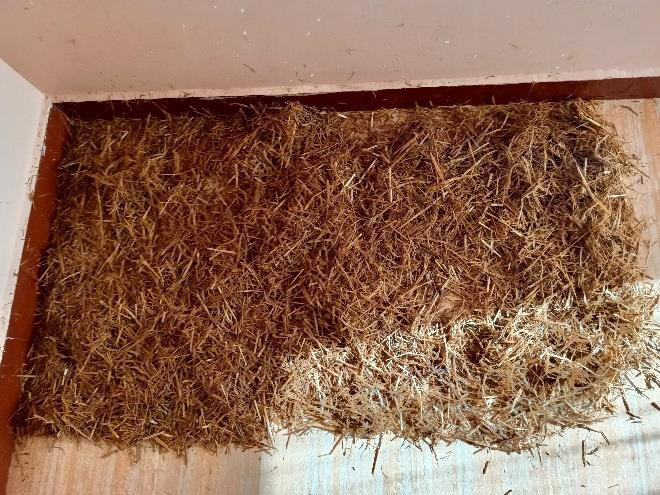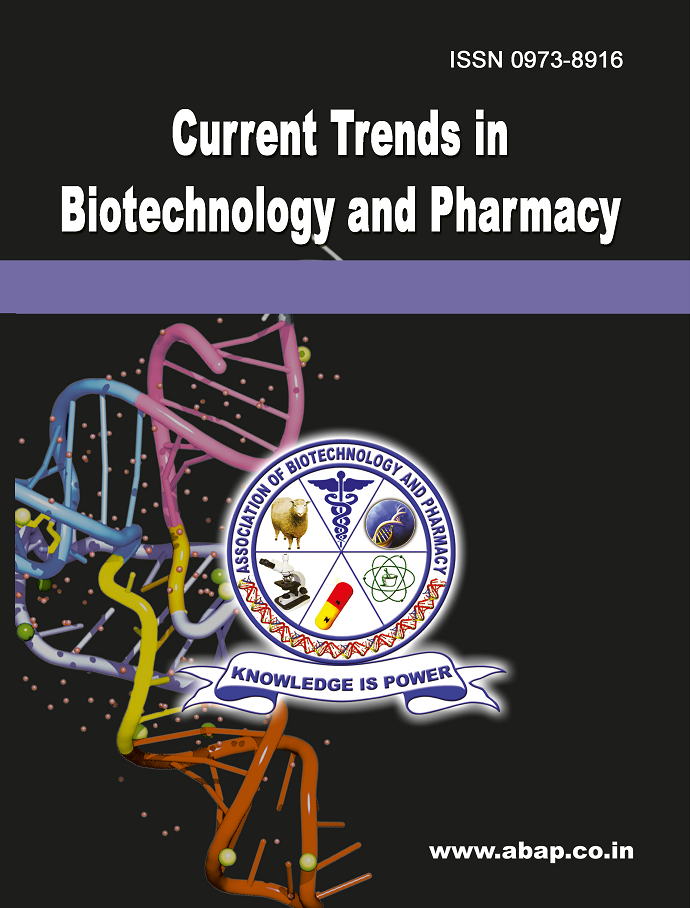Impact of Different Substrates on the Nutritional and Mineral Profile of Pleurotus florida: A Comparative Analysis
DOI:
https://doi.org/10.5530/ctbp.2025.3.26Keywords:
Oyster Mushroom, Mineral level, Nutritional Profile, Substrates, Food FortificationAbstract
Edible mushrooms have been used as a source of food extensively for quite a long time. They are rich in protein, vitamins and are known to possess several health-related benefits. Edible mushrooms have been cultivated using various agro-industrial wastes. Being saprophytes, the nutrient composition of the mushrooms is extensively reliant on the composition of the substrate. In this perspective, the present study was undertaken to assess the role of different substrates in deciding the yield and nutritional content of the oyster mushroom, Pleurotus florida. P. florida was cultivated using different substrates such as rice straw, sugarcane bagasse, sawdust, groundnut shell and onion peel wastes using solid-state fermentation under controlled conditions. Further, the harvested mushrooms were subjected to morphological analysis and nutritional labeling such as crude protein, total carbohydrates, crude fiber, total lipids, and ash content using standard analytical methods. Mineral content such as calcium, magnesium, sodium, potassium, iron, zinc, manganese, copper, nickel, and selenium were estimated using Inductively Coupled Plasma – Mass Spectroscopic analysis. From the results, it can be concluded that the substrates used for mushroom cultivation not only affect the yield but also the nutritional and mineral profiles of the mushrooms. Hence, this strategy can be effectively adopted for the fortification of mushrooms thereby improving the bioavailability of required minerals for promotion of health and well-being.



